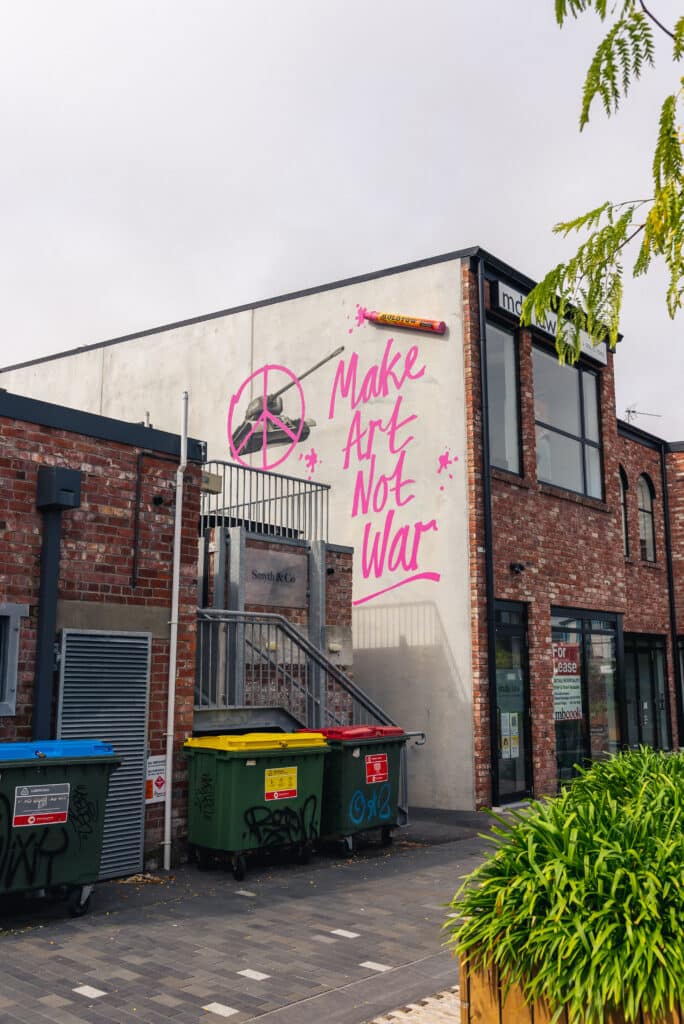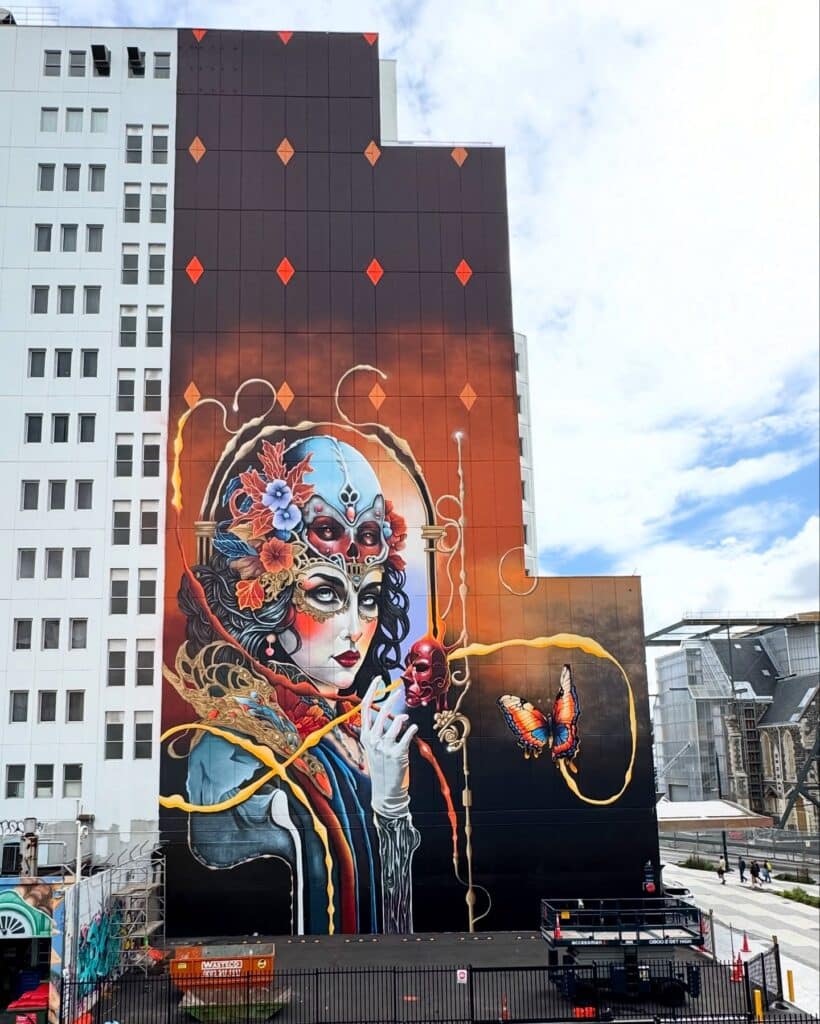Christchurch has long been a city where creativity thrives in unexpected places. From its post-quake resurgence to its reputation as a hub for street art, Ōtautahi has embraced murals, graffiti, and large-scale public art as part of its evolving identity. At the heart of this movement is Flare Festival, an annual celebration that turns the city into a living, breathing canvas.
More than just a mural festival, Flare has grown into a cultural event that brings together local and international artists, sparks conversation, and transforms urban spaces. But behind the towering artworks and vibrant street scenes, there’s an incredible amount of passion, logistics, and dedication that make it all happen.
In this interview, we dive into the origins of Flare, its impact on Christchurch, and the future of street art with one of the key figures behind the festival. From the challenges of organising large-scale projects to the power of public art in shaping a city’s identity, we explore what makes Flare such a vital part of Christchurch’s creative landscape.
Dive in for a chat with the GOAT at Flare Festival, Selina:
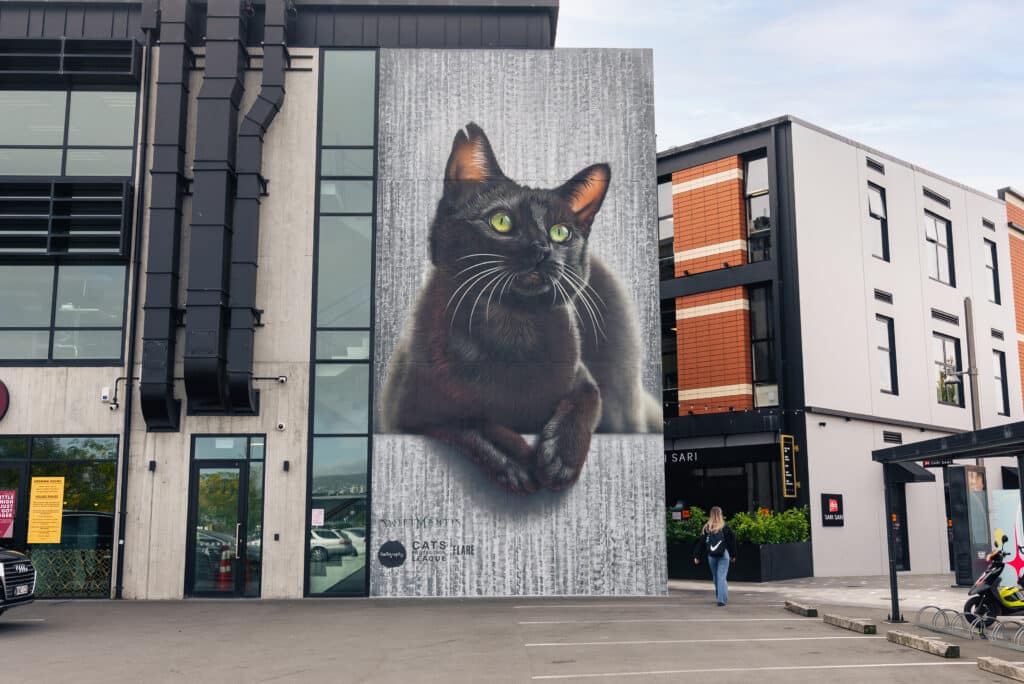
1. Flare Festival has grown into a major celebration of urban art in Christchurch. What inspired its creation, and how has it evolved over the years?
Flare was inspired by Christchurch’s deep street art history, especially post-quake when festivals like Rise and Spectrum put the city on the map. We wanted to keep that energy going and create something that would celebrate local talent while bringing in international artists to inspire and collaborate. Over the years, it’s grown from just a mural festival to a full-on cultural experience, Collaborating with Watch This Space to bring tours, workshops, panel talks, and more. It’s all about keeping the city vibrant and pushing street art forward.
2. What’s the most rewarding part of bringing large-scale public art to the city?
The best part is seeing people stop in their tracks to watch an artist at work, hearing them get hyped about it, and just watching the city come to life in real-time. These murals aren’t just paint on walls—they become part of people’s daily routines, city landmarks, and sometimes even spark bigger conversations. It’s pretty awesome to see.
3. Christchurch has a unique relationship with street art, especially post-quake. How do you see Flare’s role in shaping the city’s cultural identity?
After the quake, street art became a huge part of bringing Christchurch back to life. There were so many blank walls and empty spaces, and artists just went for it—turning all that destruction into something creative. A whole wave of local talent came out of that, and Flare is all about keeping that energy going. We’re making sure Christchurch stays a creative hub by keeping art front and center and making it a real part of the city.
4. The festival has featured some incredible artists—what’s been a standout moment or piece for you personally?
Too many to choose from! But seeing the way people react to murals is always a highlight—like when a local artist paints something that deeply resonates with the community, or when an international artist leaves their mark on Ōtautahi for the first time. Of course Jacob Yikes creating the tallest mural in Aotearoa is a highlight, putting Christchurch on the map.
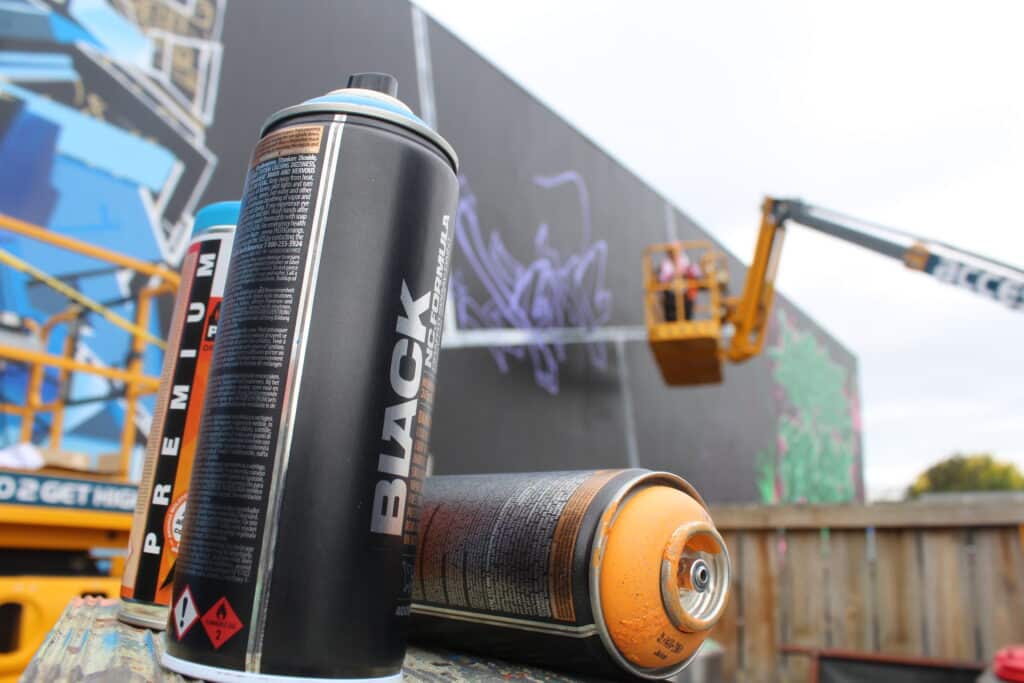
5. With street art becoming more mainstream, where do you see the balance between commissioned public work and its roots in underground culture?
Street art will always have that underground energy—that’s where it all started. Flare is all about giving artists full creative freedom, no restrictions, no briefs, just pure expression. Commissioned murals happen outside the festival, but Flare often inspires businesses to invest in them after seeing what’s possible. It keeps both sides of the culture alive—organic, grassroots creativity alongside more structured opportunities for artists.
6. What role do you think street art plays in creating more livable and vibrant urban spaces?
It’s huge. Murals turn blank walls into landmarks, brighten up everyday spaces, and make cities feel more alive. They can reflect community stories, challenge perspectives, and just make places feel more inviting. Street art brings character to a city.
7. Large-scale mural projects require collaboration with councils, sponsors, and the public. What’s one challenge that people might not realise goes into making a festival like Flare happen?
Logistics! People see the murals going up, but behind the scenes, it’s a massive puzzle—coordinating artists, materials, funding, permissions, and even dealing with weather delays. Every wall comes with its own set of challenges—getting artwork approved, working with body corporates to lock in walls, sorting access (i.e renting Wilsons car parks… ), making sure we’ve got the right lifts, the right quantity of paint, and of course, all the health and safety requirements. Artists up on lifts, scaffolding, traffic management—it’s a whole operation!
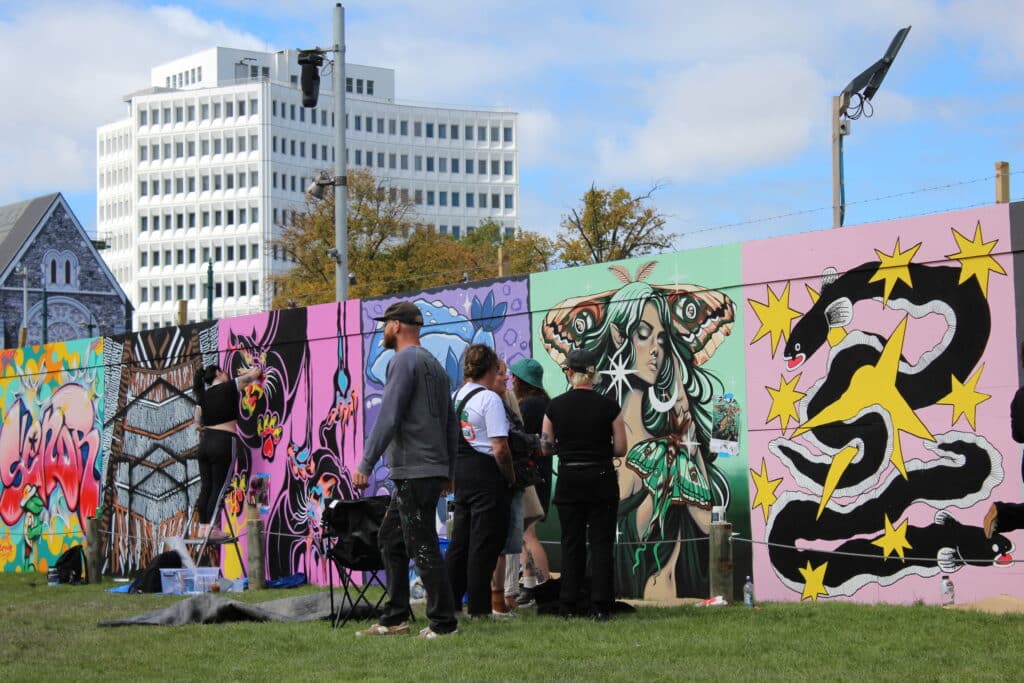
8. What’s your personal connection to street art? Has working on Flare changed how you see the medium?
Honestly, I moved to Christchurch in 2011, just after the earthquake, and one of my strongest memories from that time was the street art—it made the city feel alive during such a rough period. Not long after, I worked at a cheeky little place called Wicked Campers for about four years, where I got to work alongside street artists, which was awesome. On top of that, I’ve always had a strong passion for hip-hop—I grew up dancing for years and have always appreciated the culture, especially the way graffiti and street art are such a huge part of it. A lot of my good friends are street artists too, so it’s always been in my world, but working on Flare has taken that appreciation to a whole new level. Seeing firsthand how much work, passion, and skill goes into every mural just makes me love the scene even more.
9. If you could bring any artist—local or international—to Flare, who would be at the top of your wishlist?
Pft, this is a tough one! Honestly, I don’t like to pick the artists myself—it’s a team effort, and we always make those decisions together. But I think bringing in something a little different and diverse, with a real exchange of cultures, is always an awesome addition to our streets. Seeing different styles and perspectives come together is what makes Flare so special!
10. What’s your vision for Flare in the next five years? Any dream projects or ideas in the pipeline?
I’ve got so many ideas and plans for Flare! Next year, things will look a little different—we’re mixing it up with a fresh approach. The goal has always been to do a big Flare one year and a smaller one the next, just so we don’t completely run out of walls haha. But one thing is graffiti will always be woven into the festival—it’s so important to pay homage to the culture and where it all began. I don’t wanna give away too much just yet, but let’s just say there are some epic projects and collaborations on the horizon. Stay tuned!
11. If someone asked why Flare matters to Christchurch, what would you tell them in one sentence?
Flare is part of Christchurch’s story—our culture and creativity are a huge part of who we are as a city, and Flare is just a slice of that, bringing people together through art and inspiration.
12. What advice would you give to young creatives looking to get involved in street art or urban festivals like Flare?
Just start—whether it’s painting, sketching, or getting involved with local projects. Connect with other artists, learn from them, and don’t be afraid to put your work out there. Volunteering is also a great way to get your foot in the door—helping out at festivals like Flare gives you a chance to meet artists, learn the ropes, and be part of the scene. The best way to get involved is to immerse yourself in it and make things happen!
